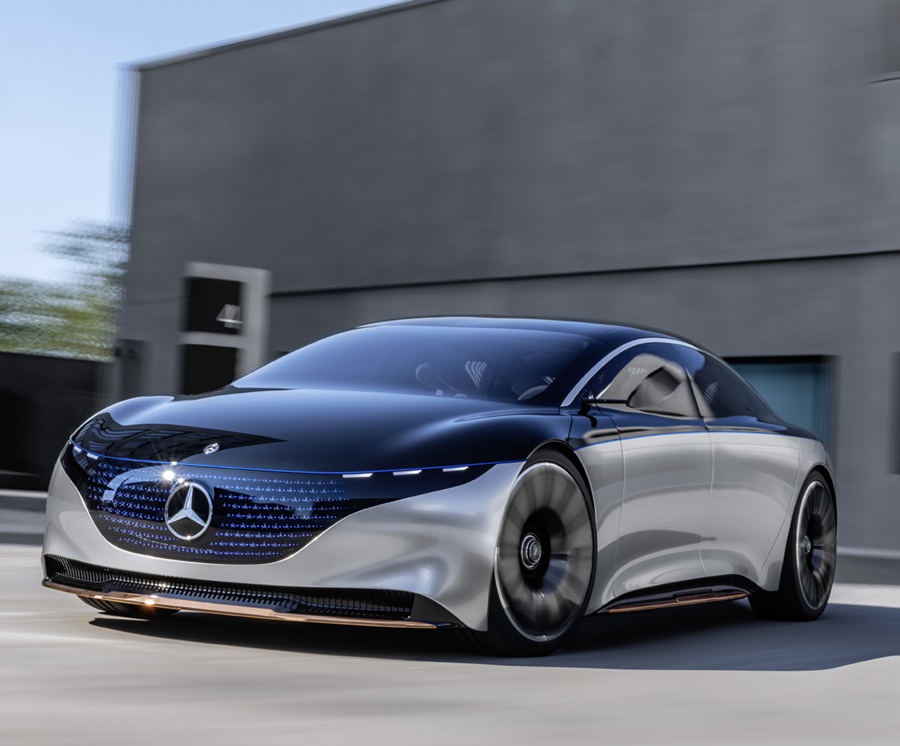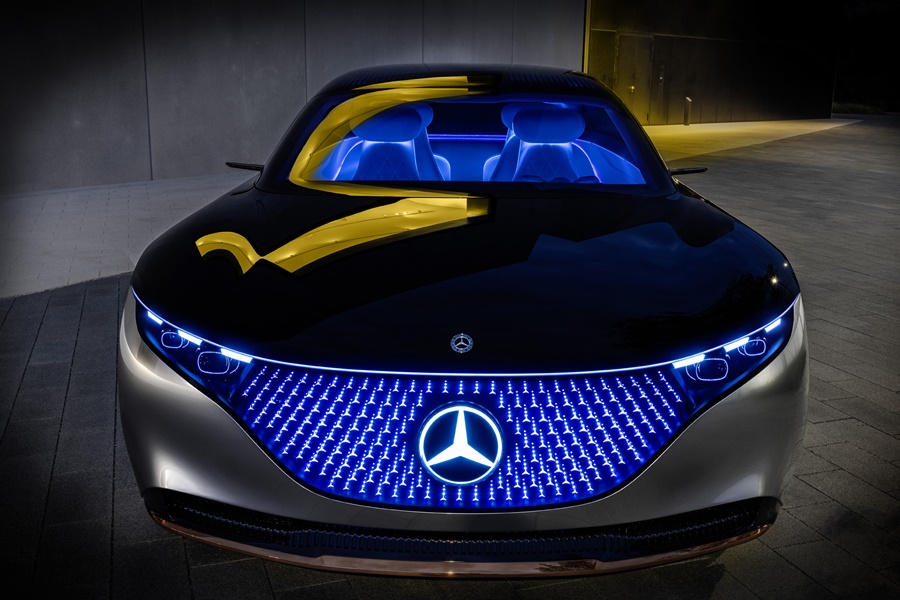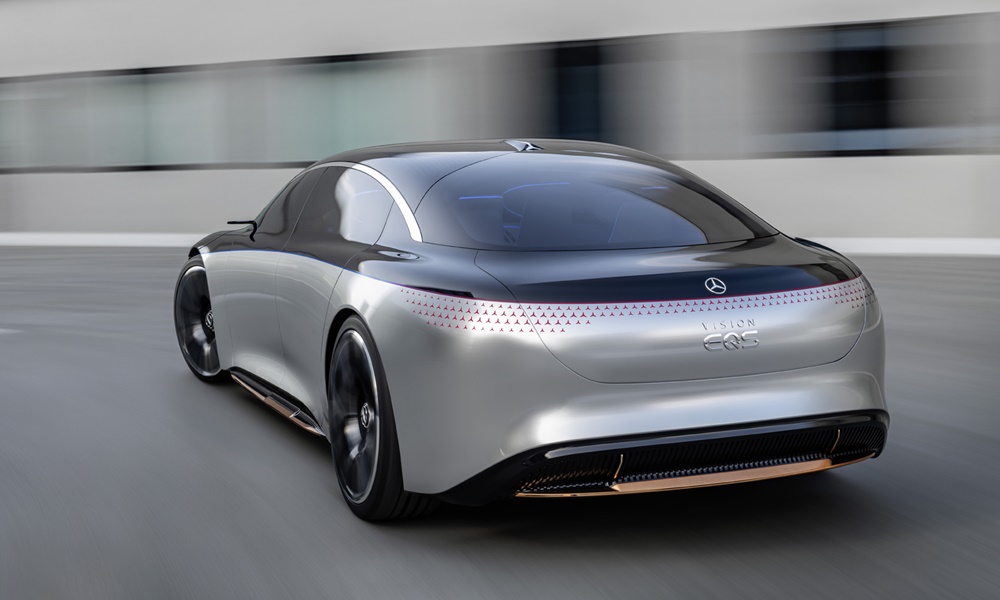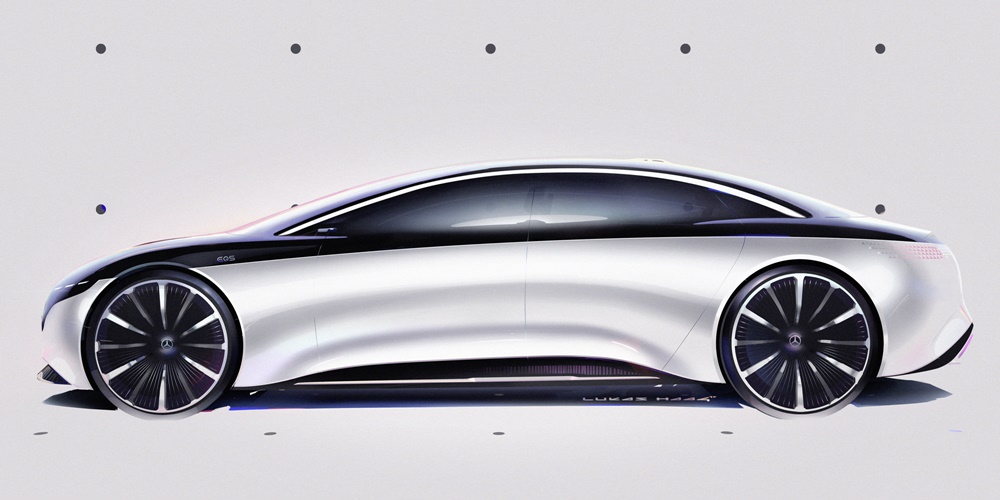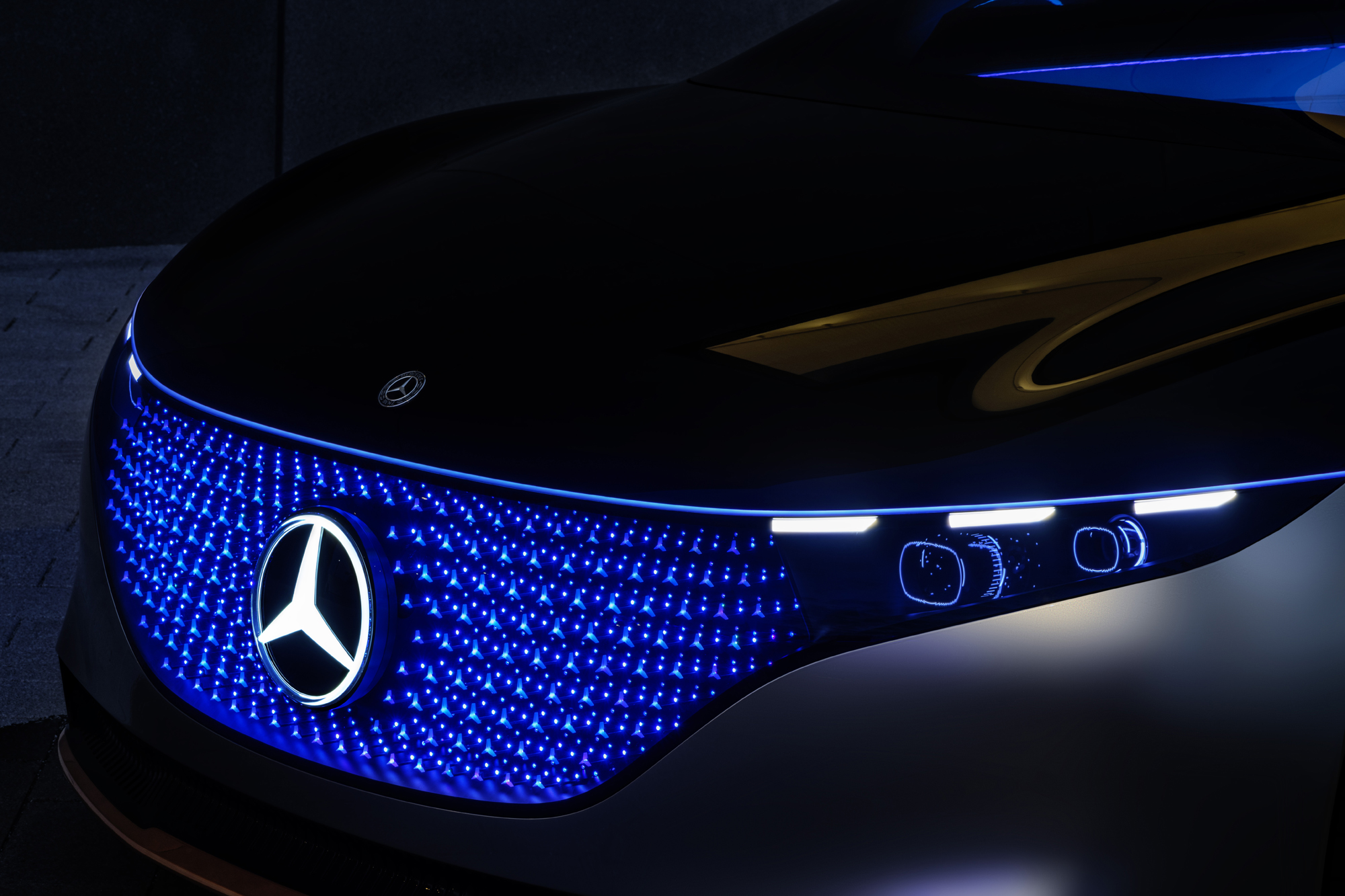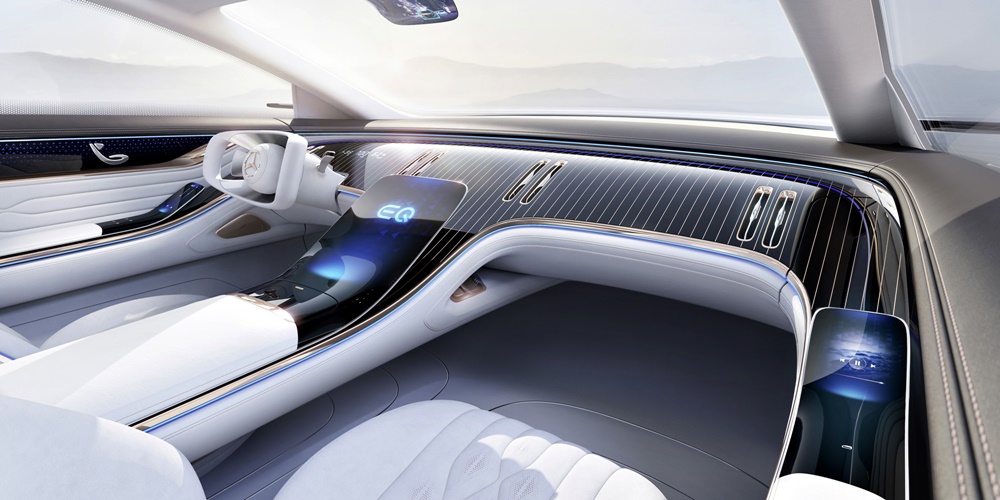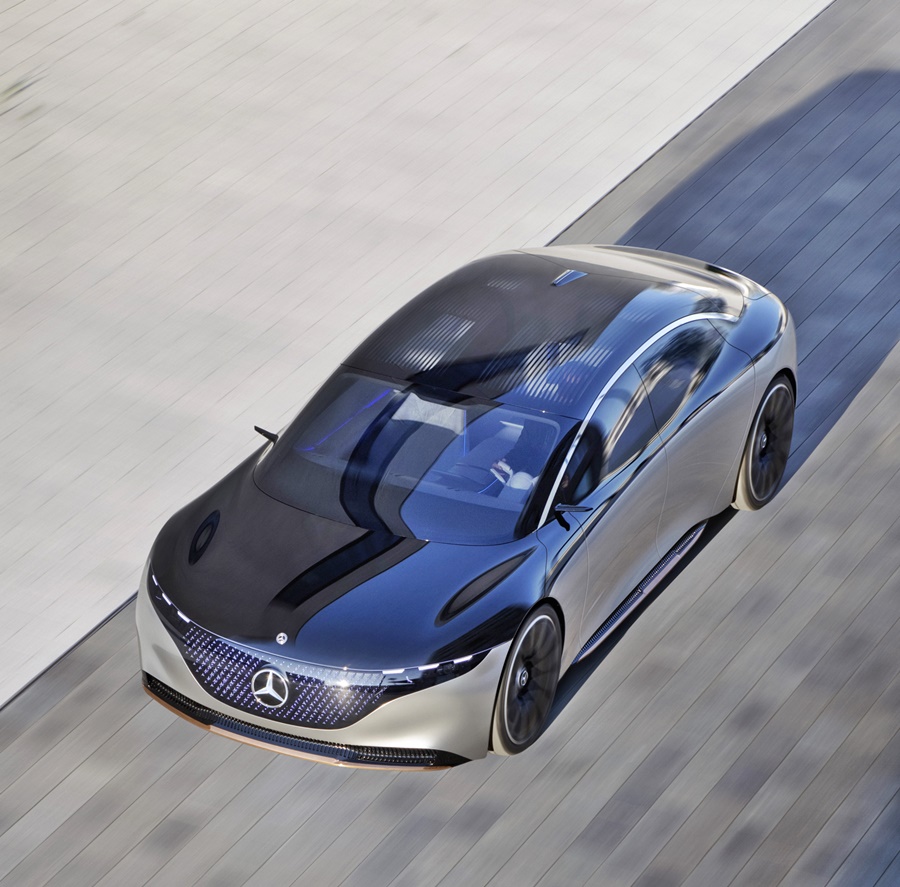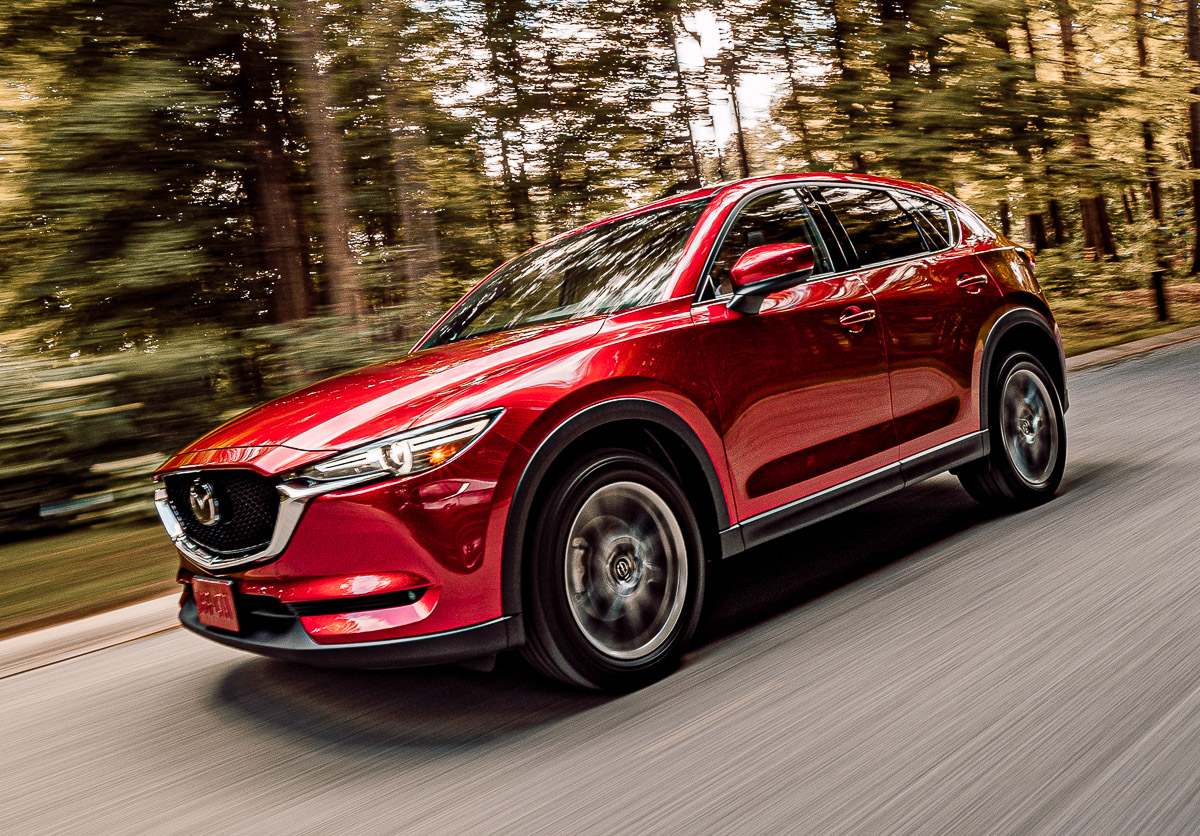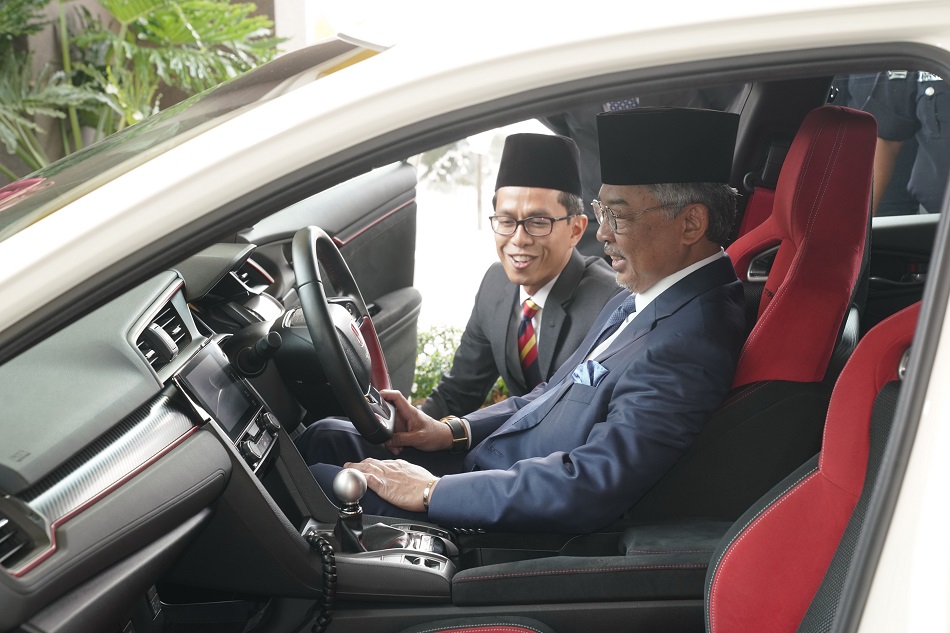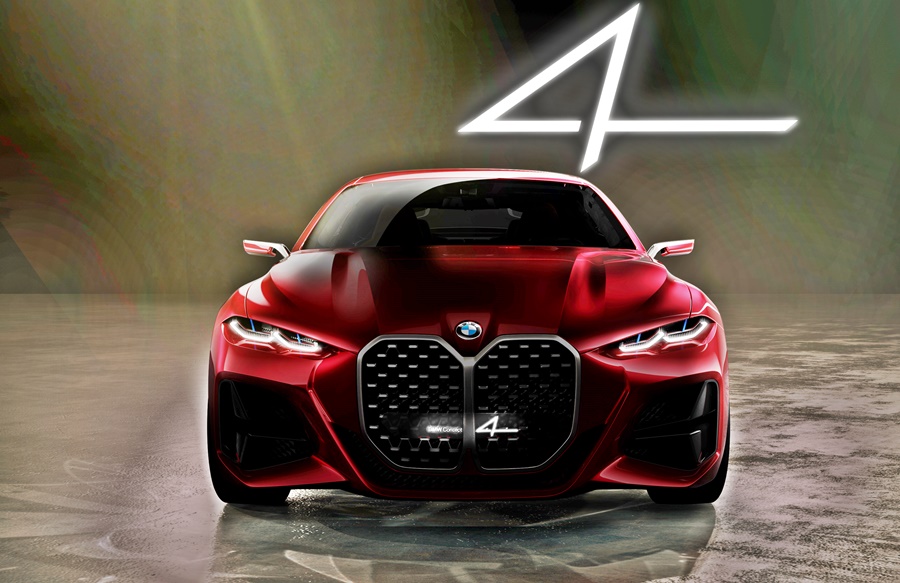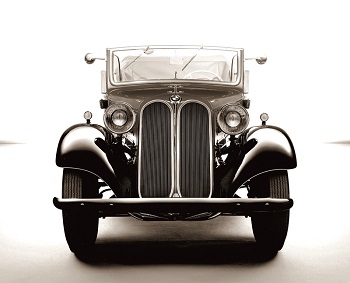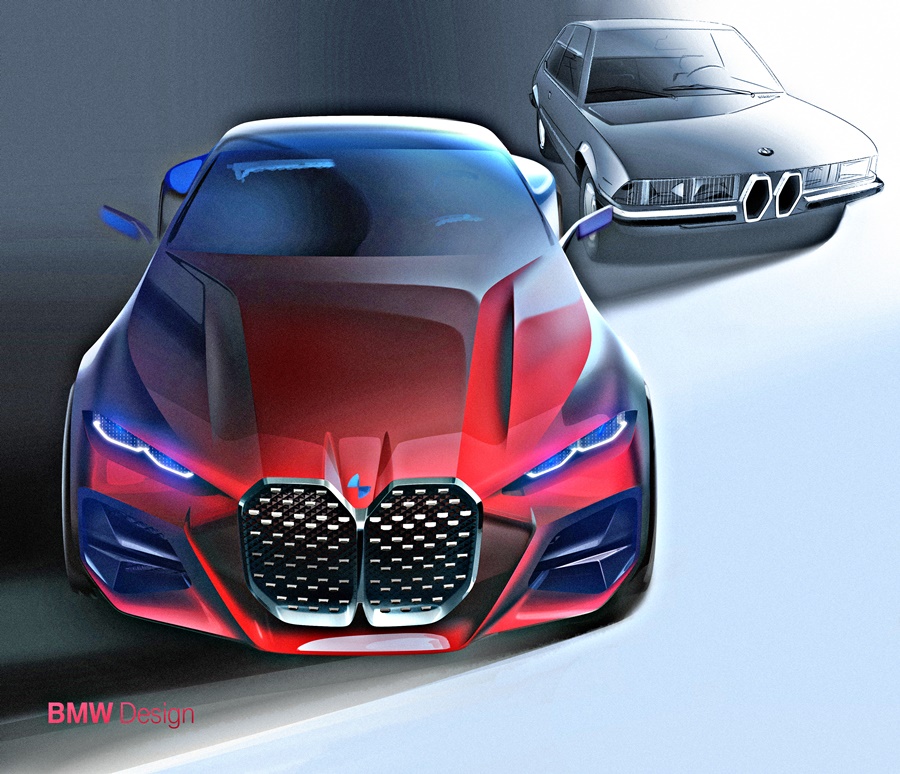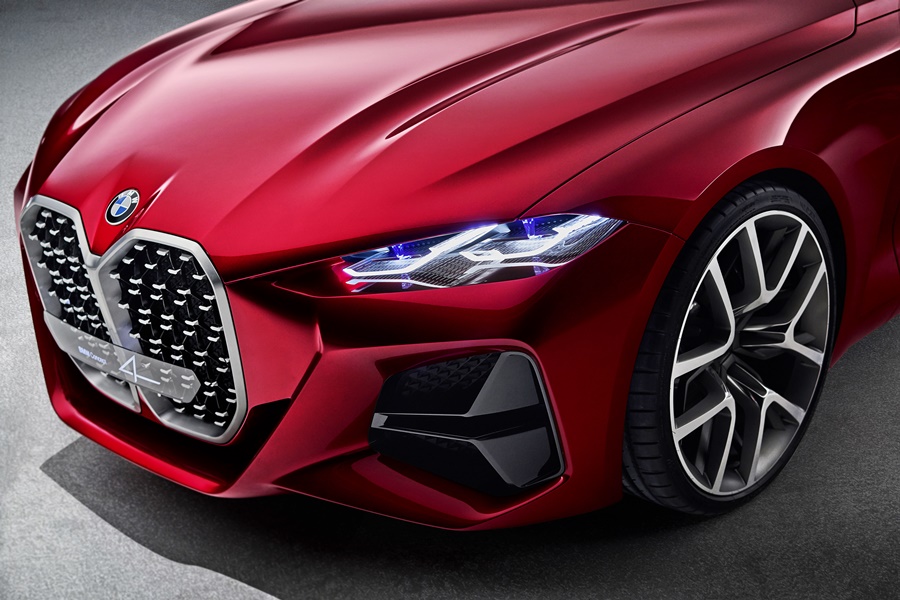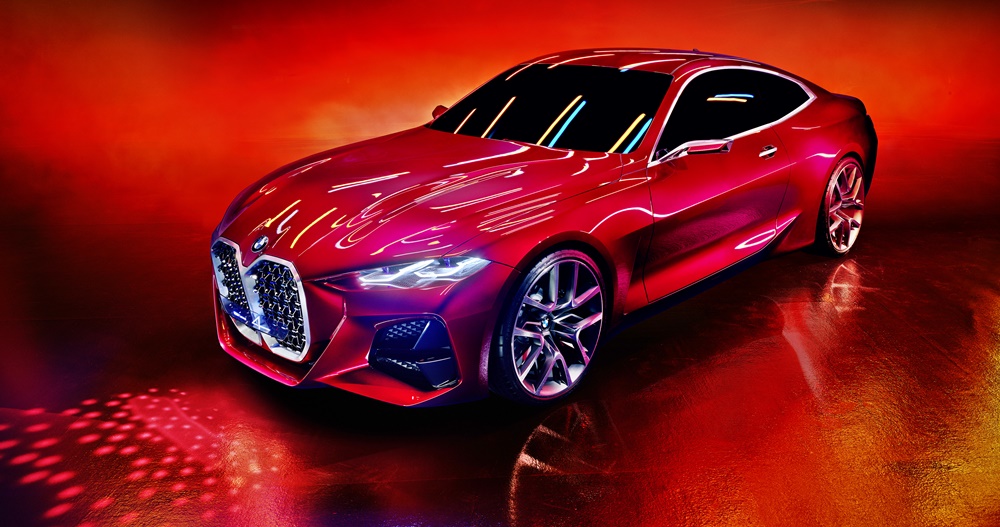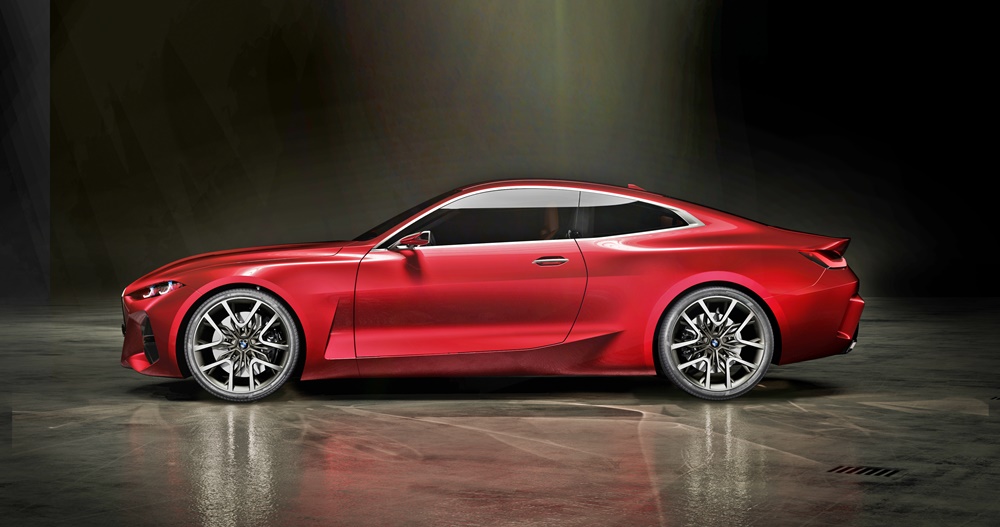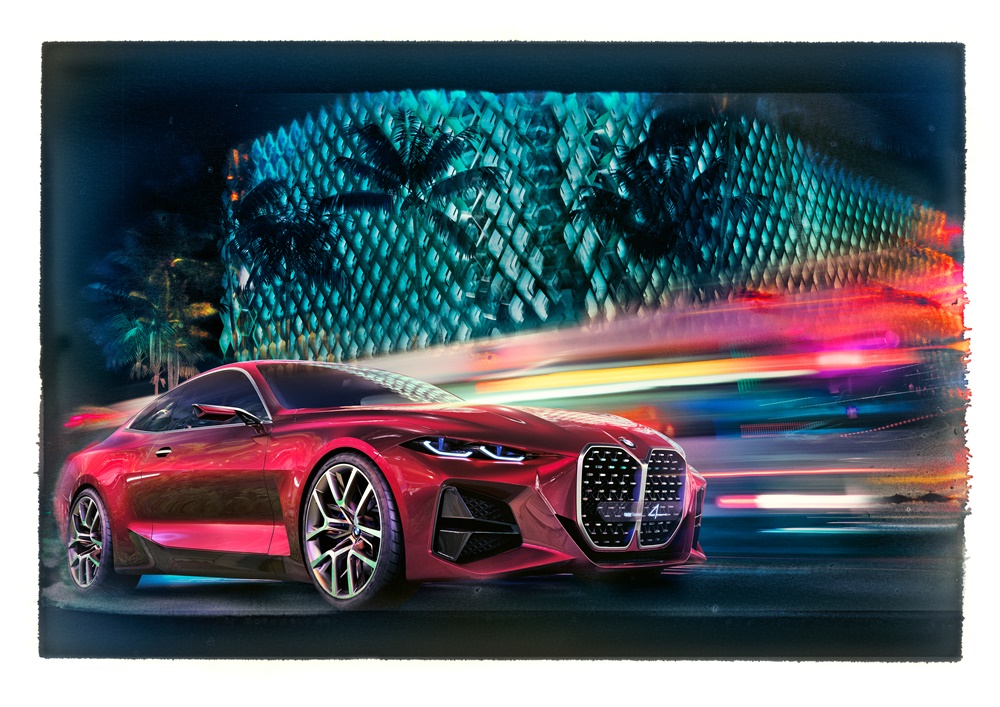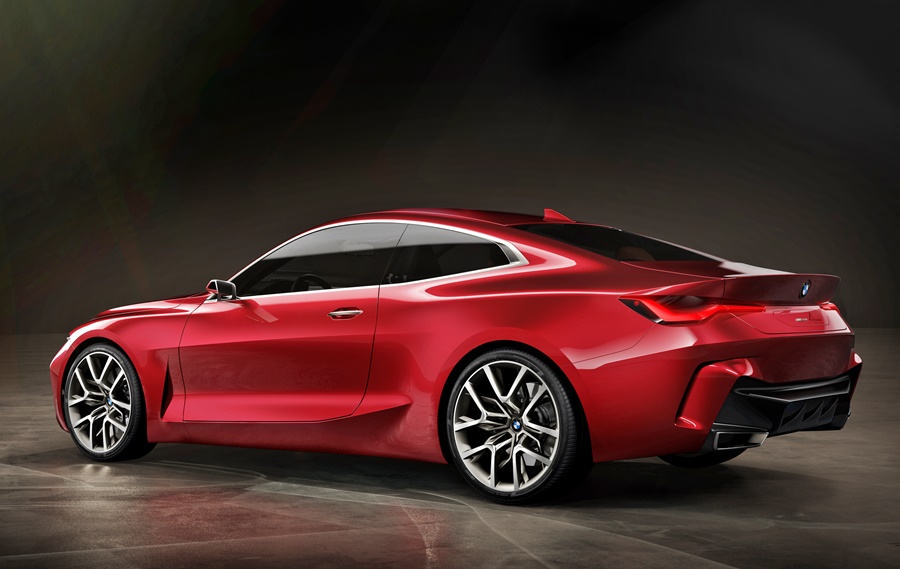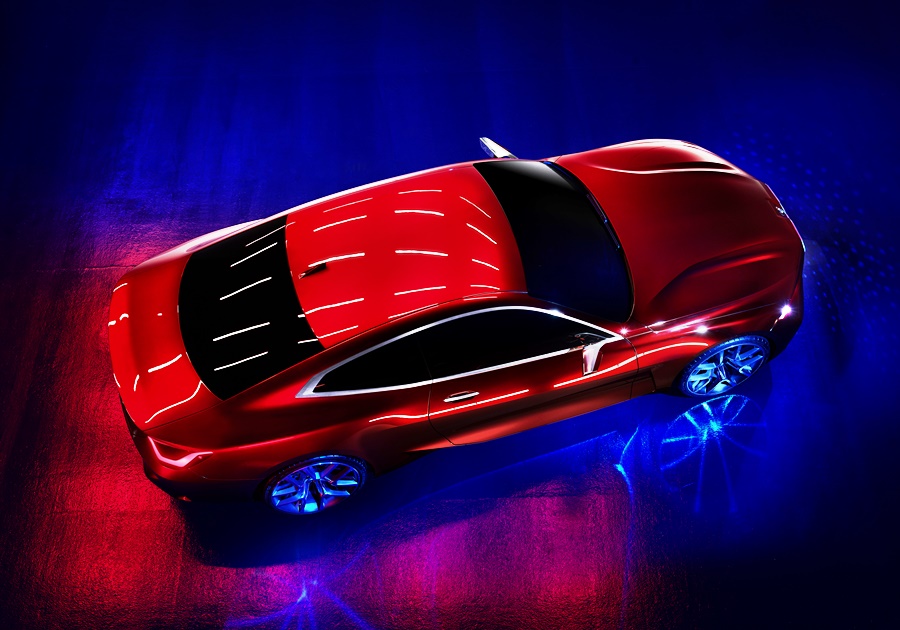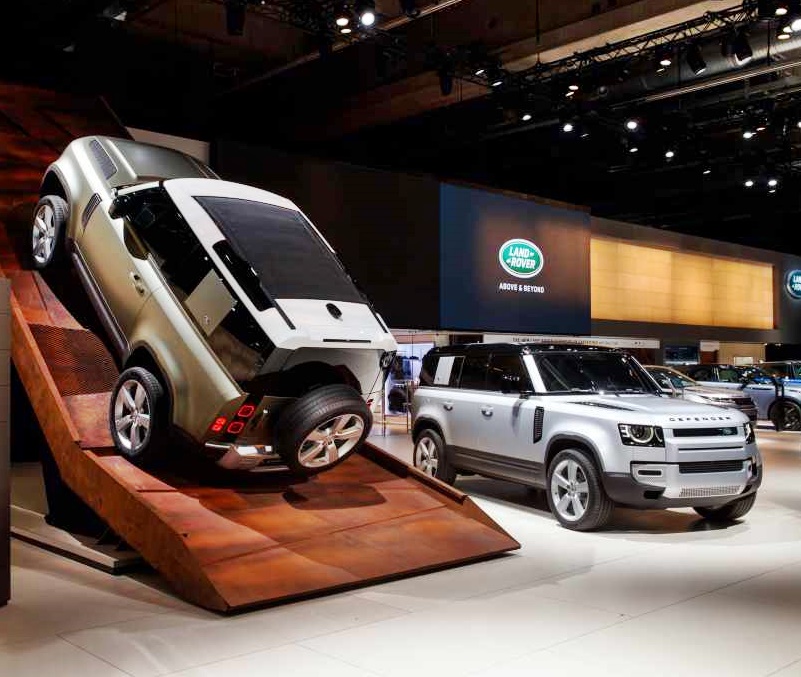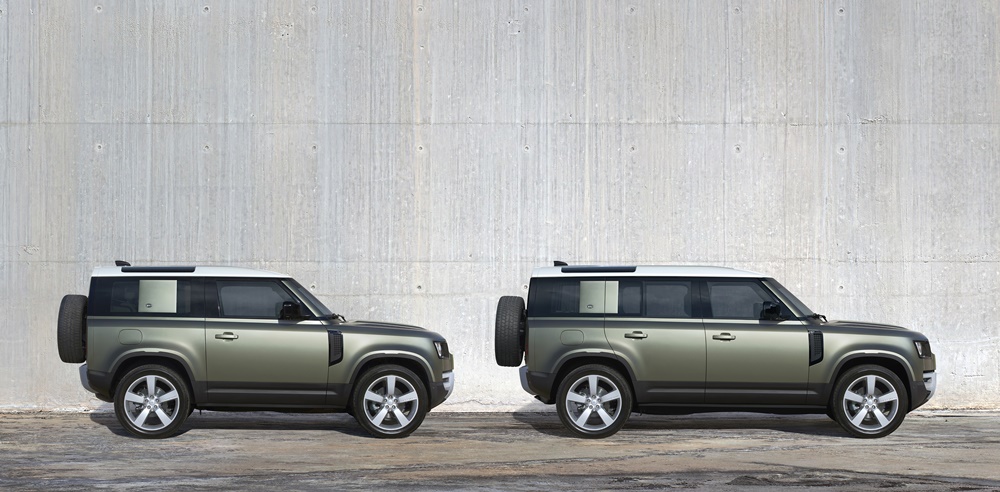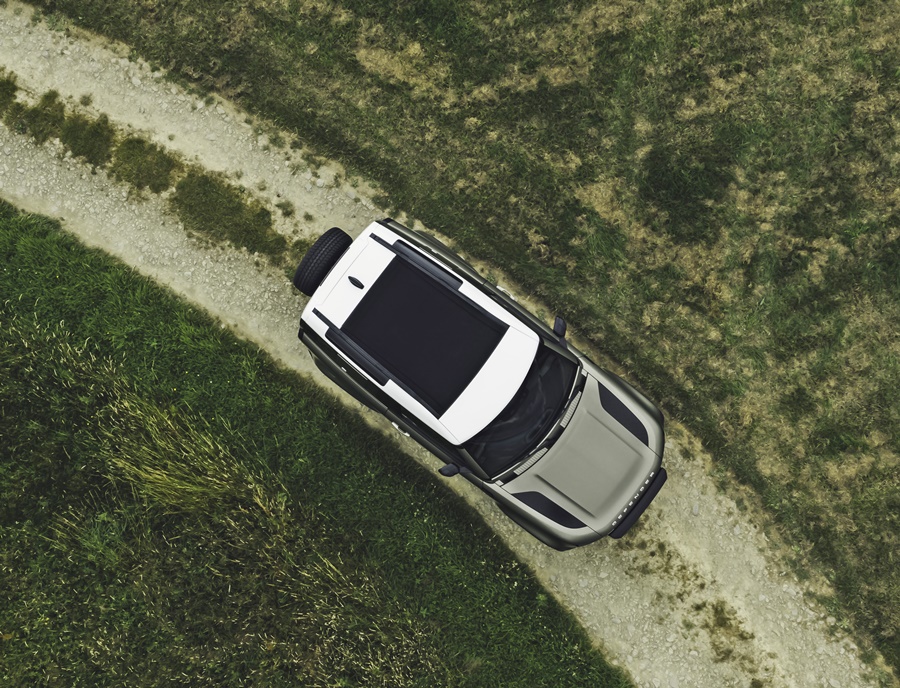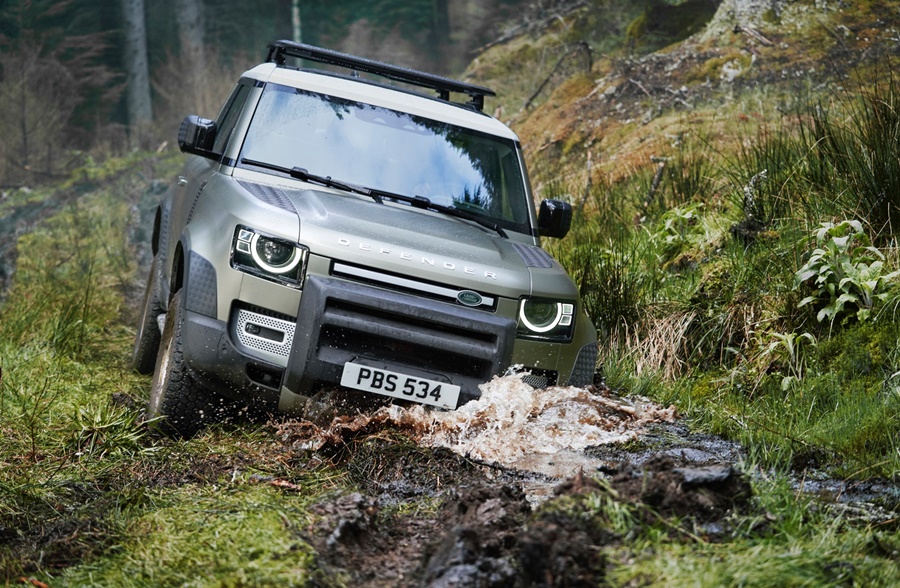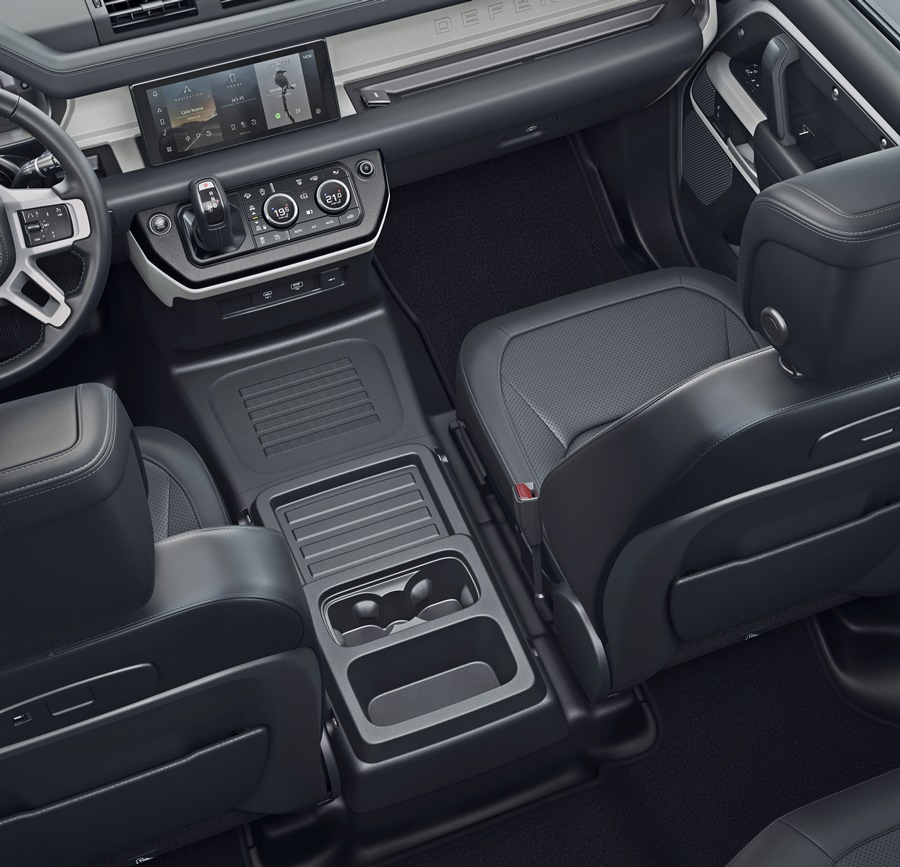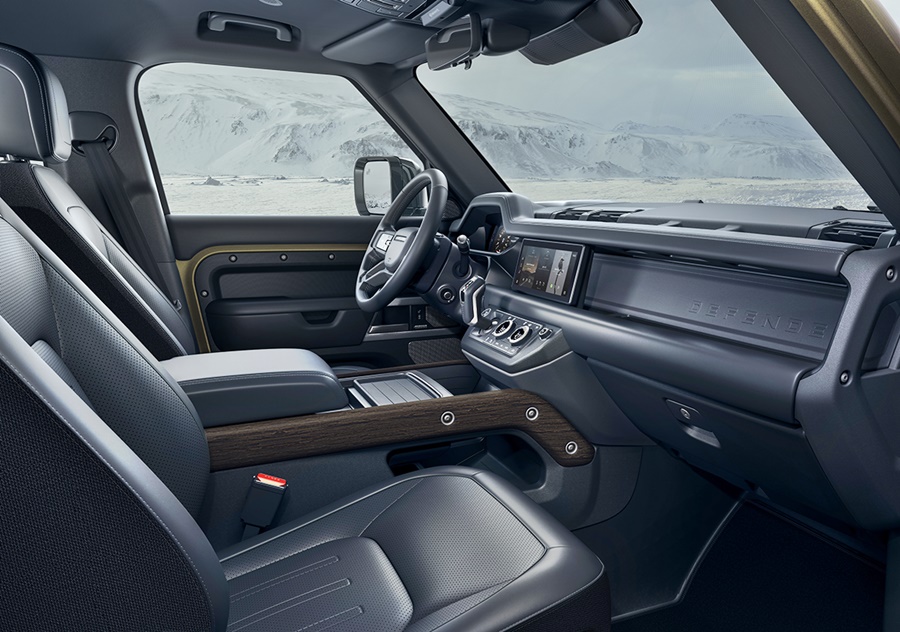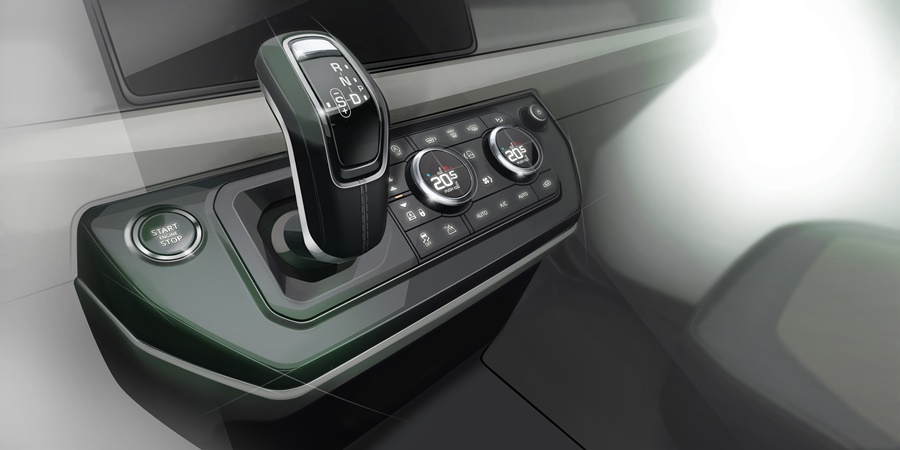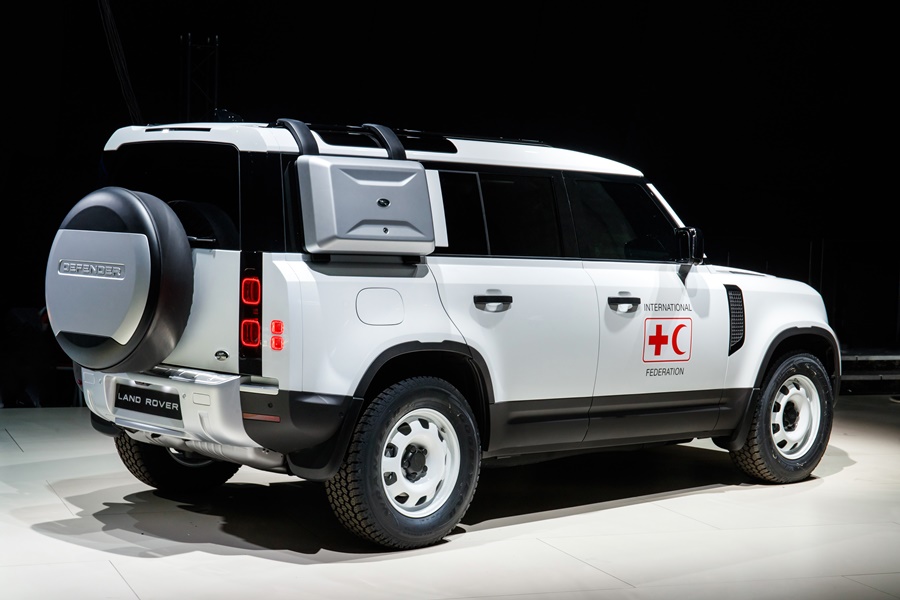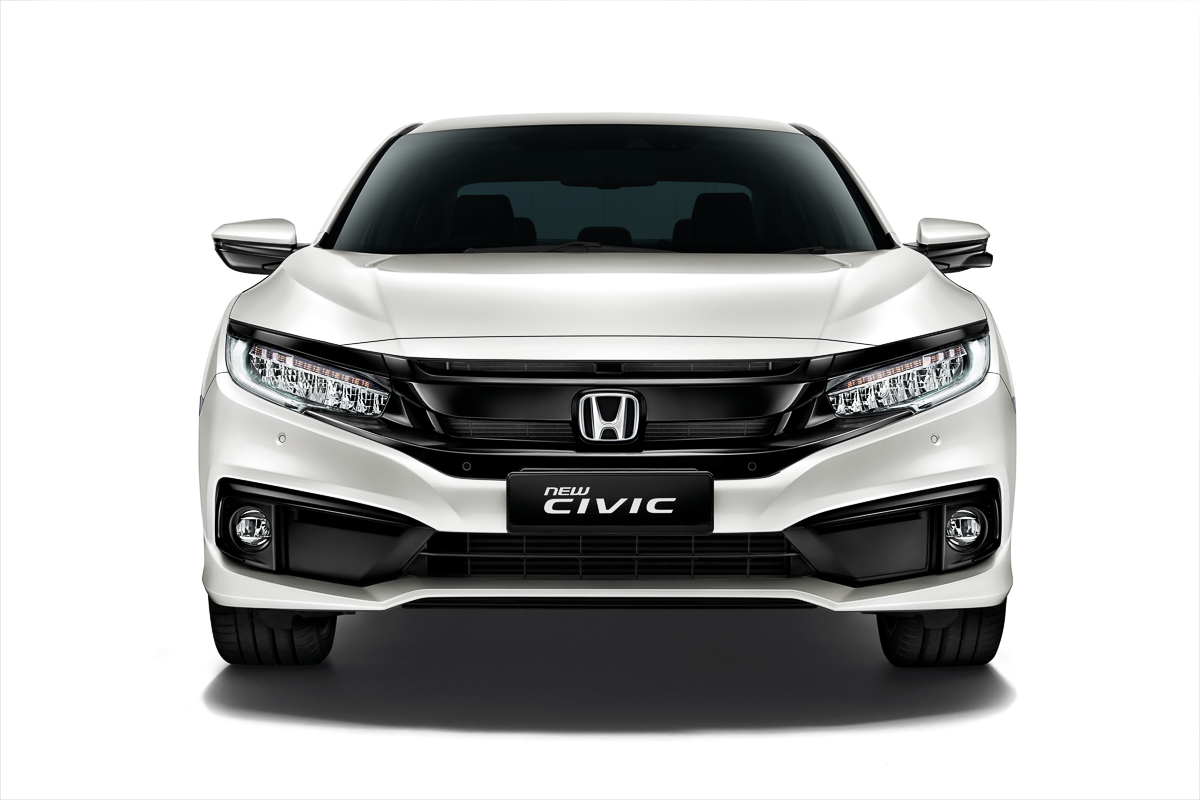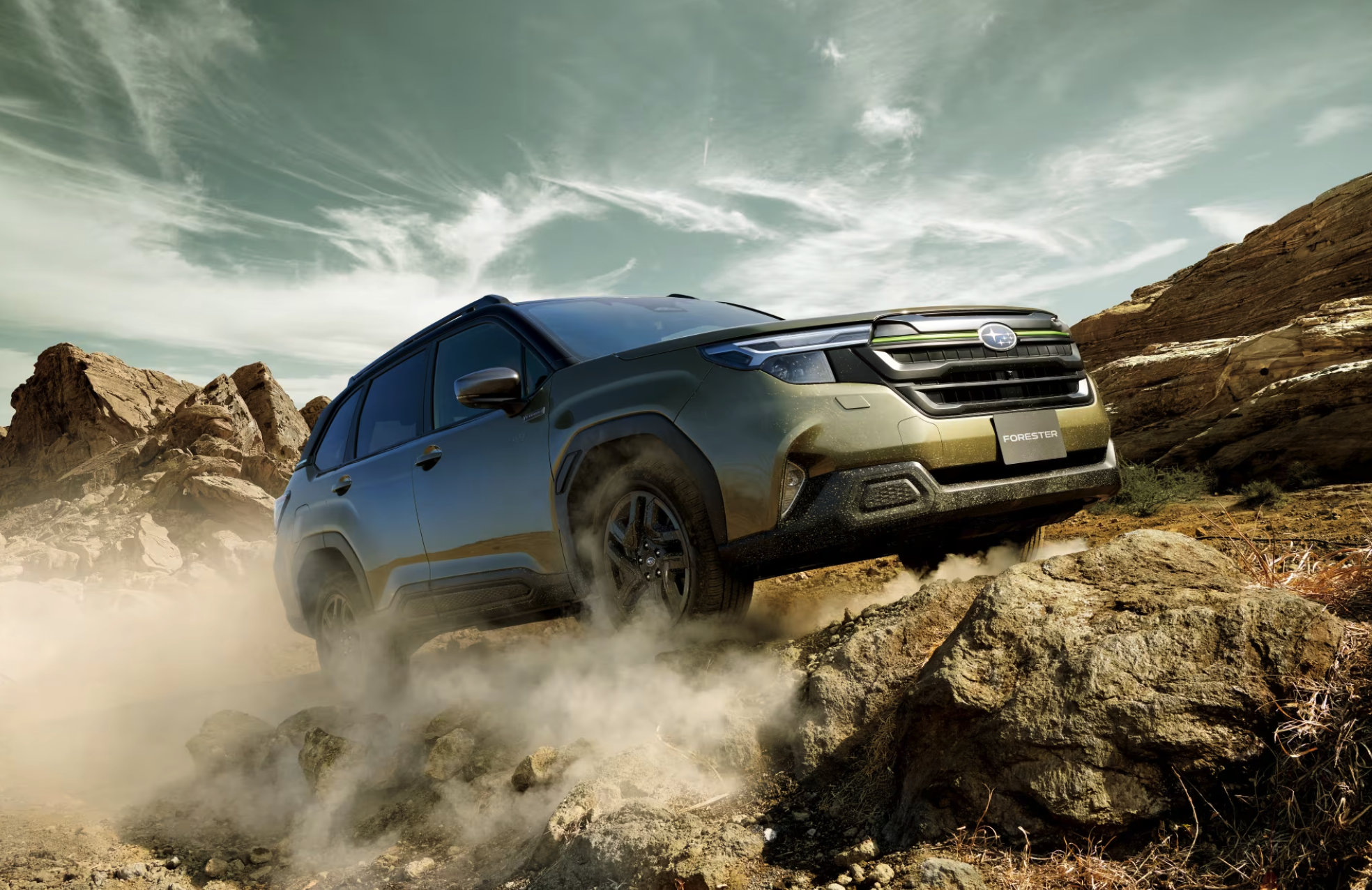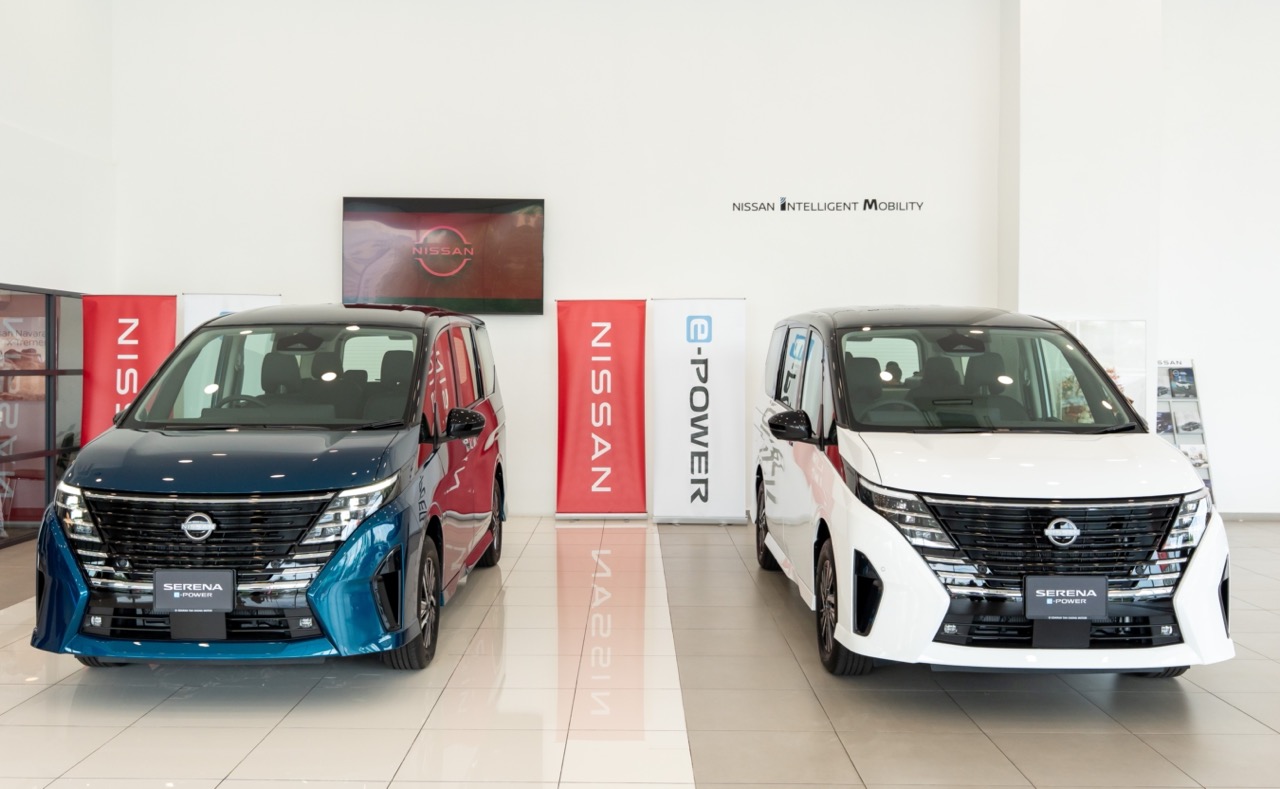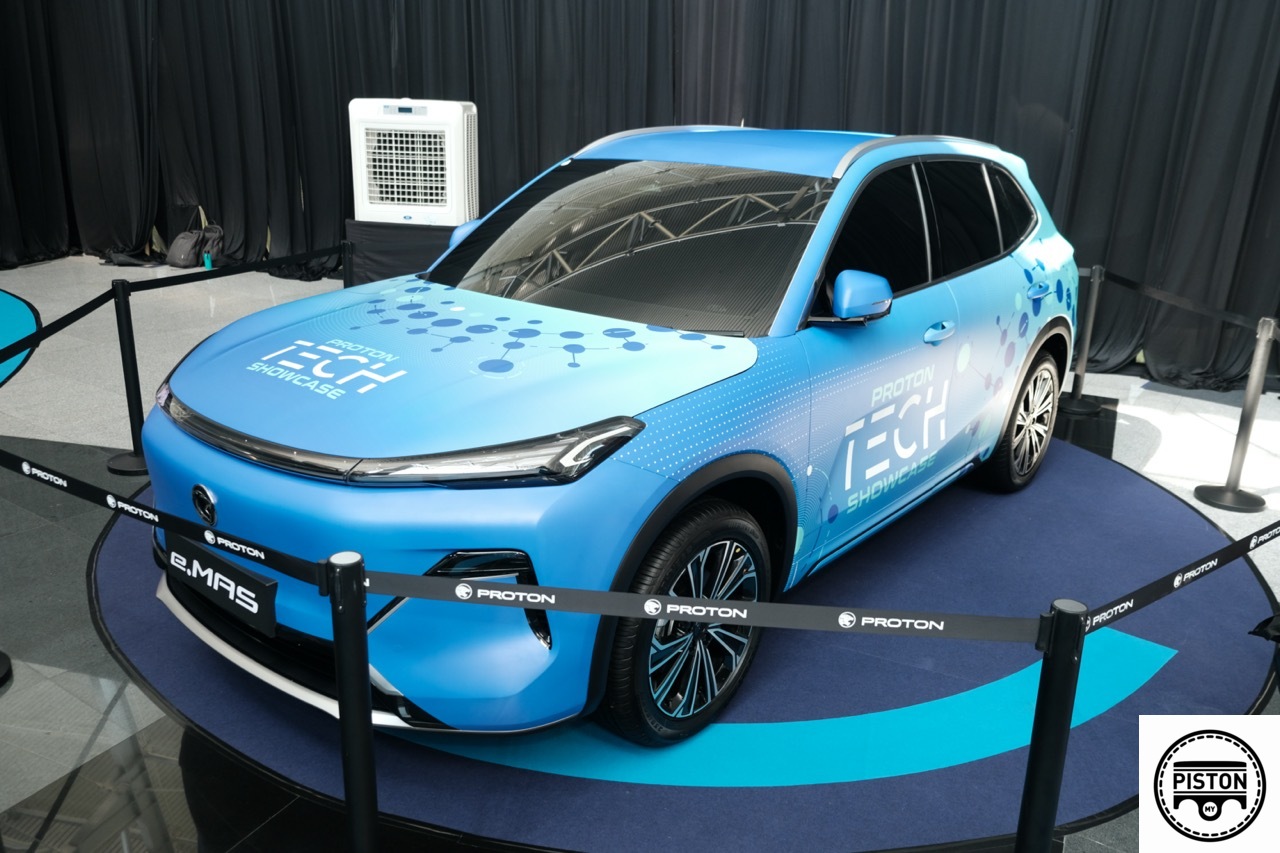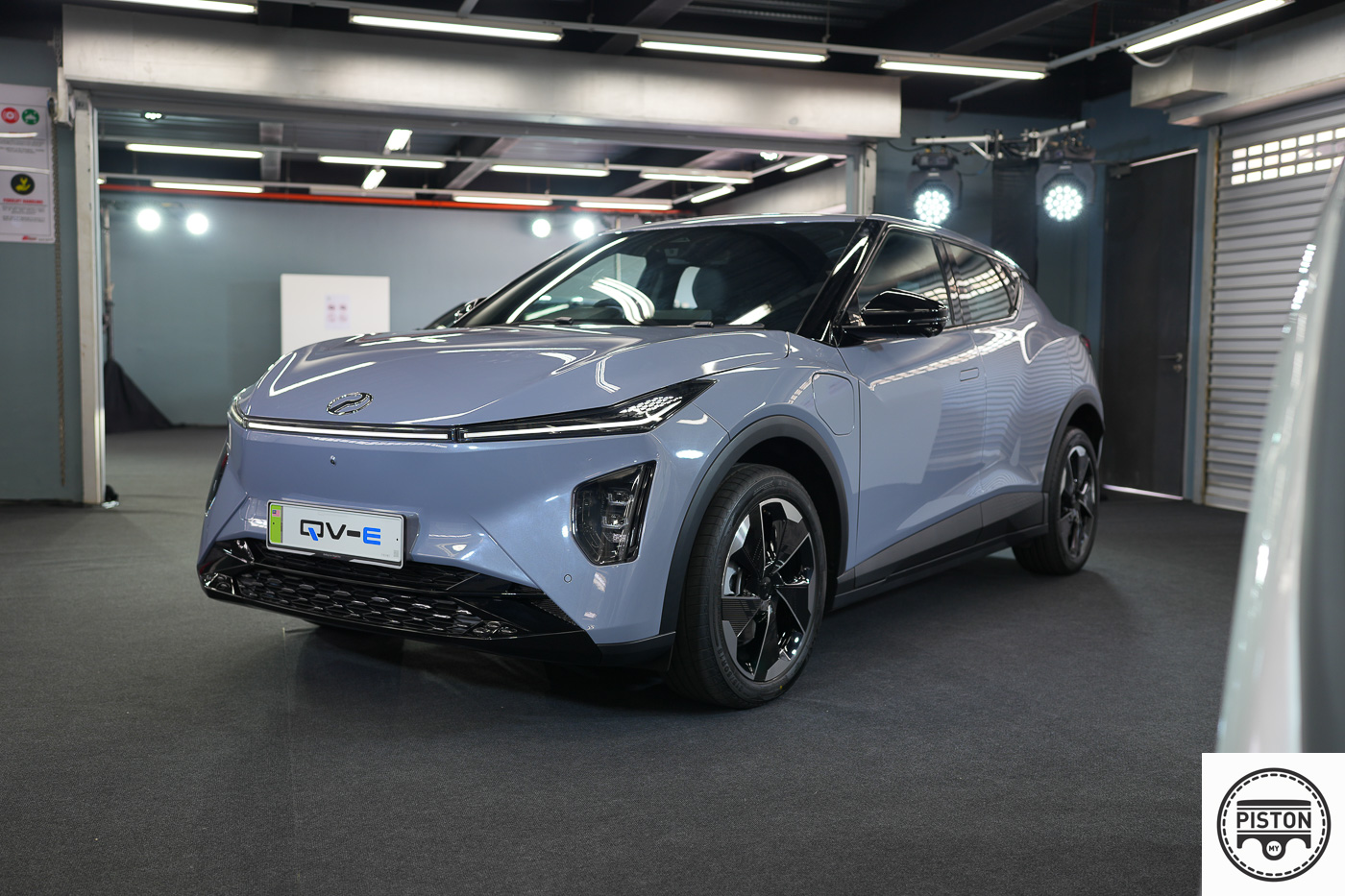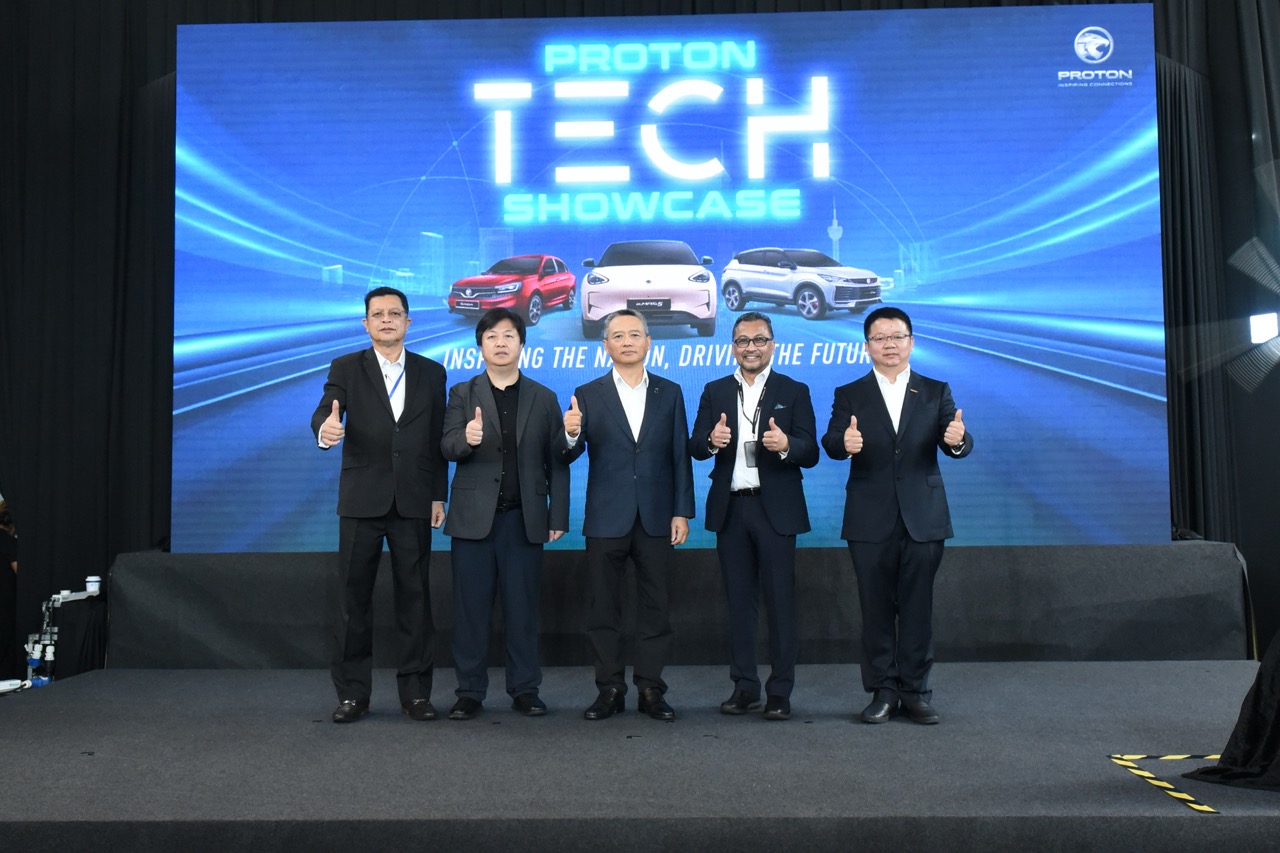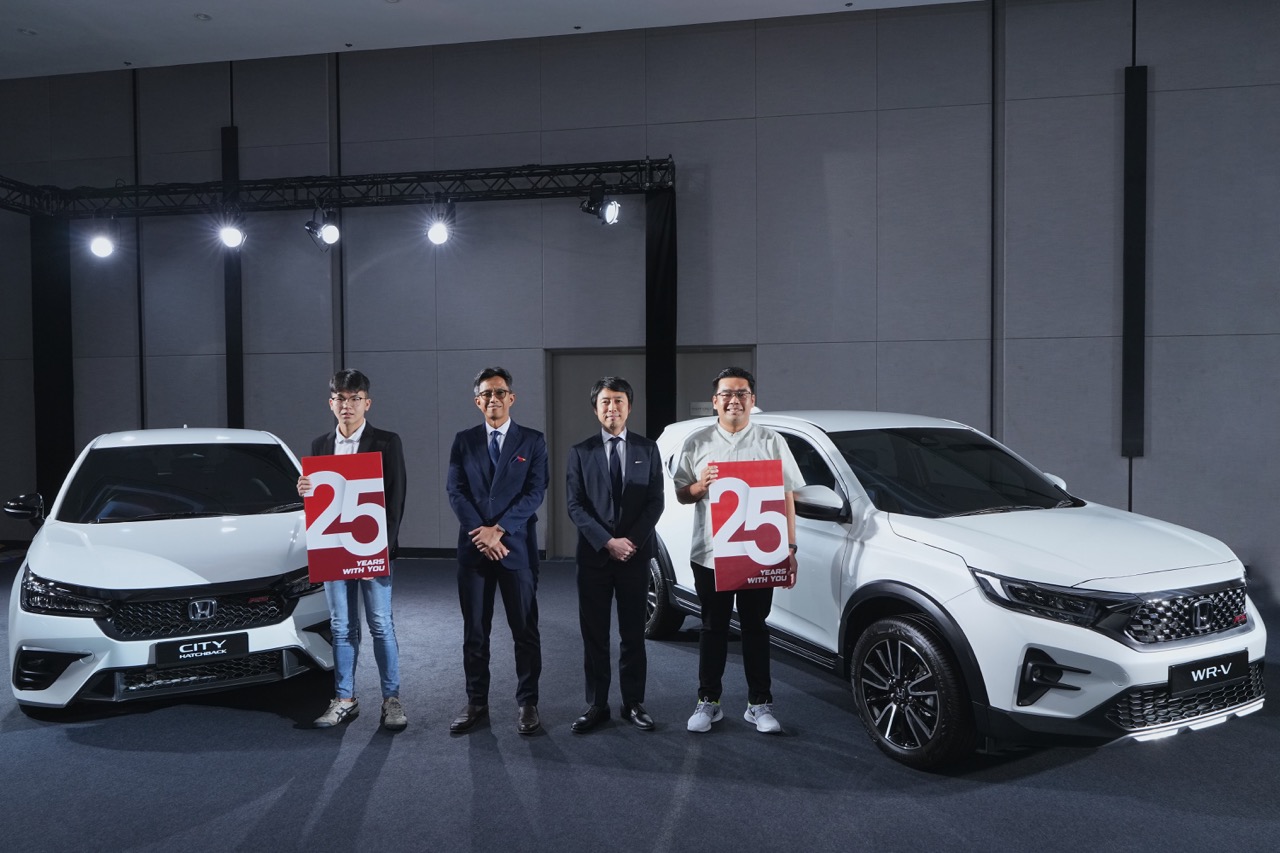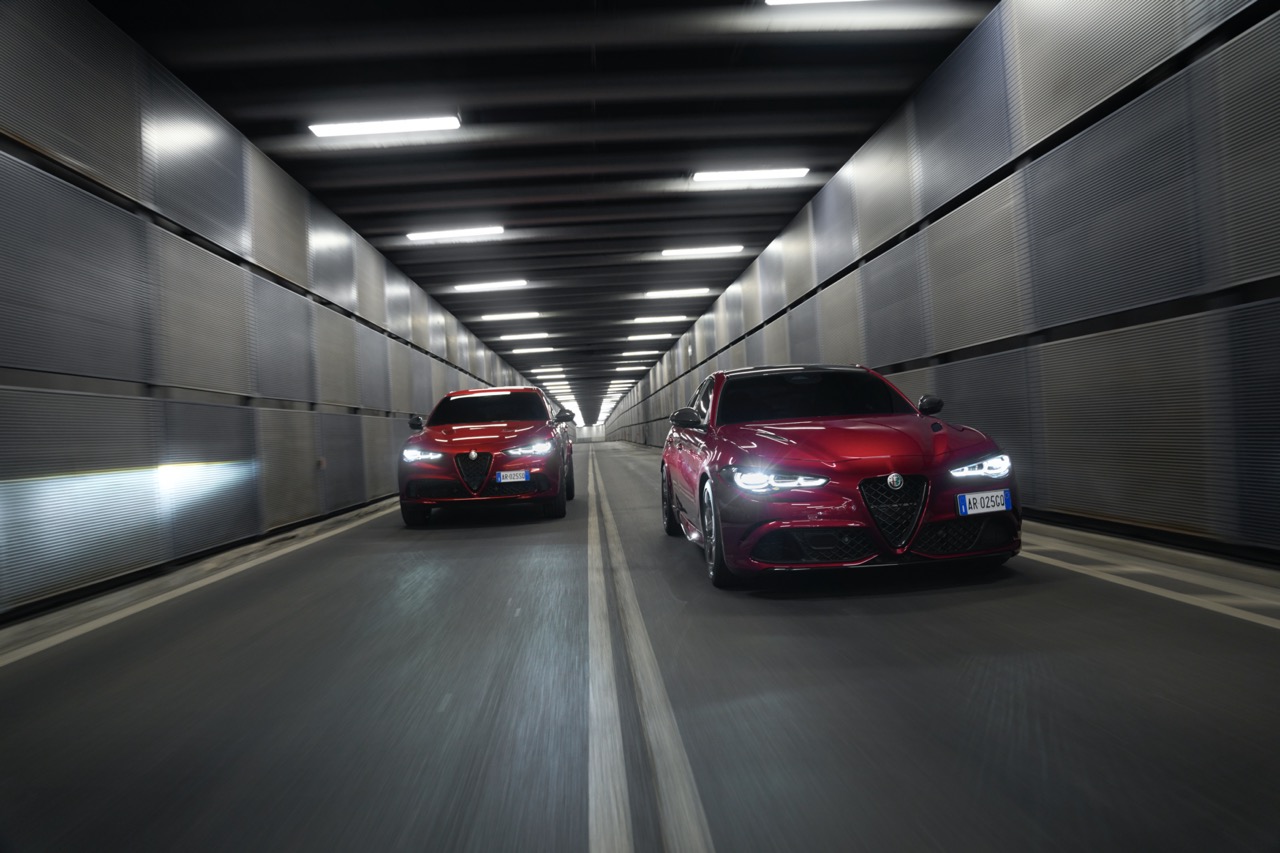Even though the new Mercedes-Benz EQ brand is in its infancy and the first models are just making their appearance, the carmaker is already showing what’s ahead in mobility, progress and sustainable luxury. This is because Mercedes-Benz understands that two things are timeless: the need for transport and the desire for the very special. In a sustainable future too, customers will want a saloon that meets their wishes in terms of comfort, design and technology.
Future design for EQ models
The VISION EQS shows how future EQ models will be shaped. The generous spaciousness and new control concept of this showcar provide a physical preview of the intuitive and digital interior and Advanced MBUX of future luxury saloons. A clear, flowing design idiom makes the individual parts of the entire dashboard blend into an integrated interior sculpture.
The showcar already meets these aspirations today and provides an outlook on future large, electric luxury saloons. At the same time, it illustrates a vision of purpose-built electro-design. With the VISION EQS, Mercedes-Benz is making a clear statement for the continued future of high-quality vehicles and self-determined driving. Supreme craftsmanship, emotive design, luxurious materials and individual driving pleasure will continue to be desirable in the future.
With its innovative, stretched ‘one bow’ proportion, the VISION EQS takes the Progressive Luxury design philosophy of the EQ models into a new dimension. The flowing yet powerful sculptured effect of the exterior design gives the showcar its majestic appearance – luxurious generosity and aerodynamic elegance in ideal harmony.
The prominent, continuous ‘lightbelt’ structures the exterior in a new way. The resulting colour division at shoulder level creates the impression of a ‘black panel’ glass landscape floating on the silver vehicle body – a seamlessly connected vehicle surface from the striking EQ front grille to the rear.
Precision in detail
Technologically futuristic features include the DIGITAL LIGHT headlamps, each with two holographic lens modules, integrated into the continuous 360-degree exterior lightbelt. These allow an almost unlimited number of light variations that provide an outlook on future light configurations for future models.
The brand logo also has new tasks: 229 illuminated, individual stars form the seamlessly integrated lightbelt at the rear, causing the brand’s trademark to shine out in a previously unknown way. Interaction between the vehicle and its environment is not just limited to the lights in the VISION EQS. The digital front grille, which realises a light matrix consisting of 188 individual LEDs as a world first, provides a new level in precise signalling. Once the black panel comes to life, the seemingly free-floating stars and pixels create a fascinating, three-dimensional effect.
Atmospheric generosity within
Inside, the VISION EQS takes its inspiration from the world of luxury yachts. The clear, flowing design idiom creates a new level of serenity – and with it the vision of modern luxury interpreted into the future. For the first time, the entire dashboard blends with the body of the front trim section to form an interior sculpture. With its deep and open spatial architecture, the cockpit of the VISION EQS envelops the occupants like the deck of a boat. The fully integrated, embracing overall sculpture consisting of the combined dashboard, centre console and armrests floats above the generous interior and, for the first time, gives an outlook on the interiors of future luxury saloons by the brand.
The choice of materials for the interior of the showcar also ensures a special ambience. Mercedes-Benz has systematically developed the use of sustainable materials further and uses both traditional and technologically advanced materials. High-quality DINAMICA microfibre in crystal white is used alongside native figured maple trim. This is made from recycled PET bottles.
Also used is artificial leather, with a finely structured surface similar to nappa leather. The material used for the roofliner comes from a special project: a high-quality textile was created by adding a quantity of recycled ‘ocean waste’ plastic, putting the use of sustainable materials on a wholly new level.
Advanced MBUX
The VISION EQS presents a large interior sculpture as a stage for the future: digital content can be experienced by immersion over the entire surface, creating an all-embracing atmosphere. The blending of materials and information illustrates a possible intuitive interaction in the future.
The organically emerging displays and projection surfaces provide display space, as does the intelligent CONNECTED LIGHT that surrounds the occupants. Haptic highlights such as the air vents integrated into the trim element like inlays, the sophisticated speaker covers in rose gold and the fragrance flask encased in a decorative holder like a jewel round off the trendsetting interior of the VISION EQS and show exquisite craftsmanship.
A fully-electric future
With electric motors at the front and rear axles and the battery integrated into the floor, the VISION EQS represents a very well-balanced vehicle concept. The basis for dynamic high-level performance and safety comes courtesy of the electric all-wheel drive with axle-variable torque distribution and a battery installed deep in the vehicle floor between the axles. Thanks to more than 350 kW of output and immediately available torque of around 760 Nm, the VISION EQS has a projected acceleration time from 0 – 100 km/h of under 4.5 seconds.
As a result of an intelligent operating strategy, the prototype can have a comfortable operating range of up to 700 kms. Assuming a charging performance of 350 kW, recharging the battery to 80% capacity should take less than 20 minutes.
The VISION EQS also makes a clear statement for the continuation of driver-controlled vehicles. To this end, the showcar demonstrates the bandwidth of the platform with its clear focus on the driver. Mercedes-Benz will also be in a position to fulfil the desire for individual mobility and thrilling handling characteristics in the future. At the same time the Vision EQS showcar supports the driver with highly-automated driving at Level 3, eg on longer motorway journeys. Thanks to the modular sensor systems, the level of autonomy can be extended up to fully-automated driving in the future.
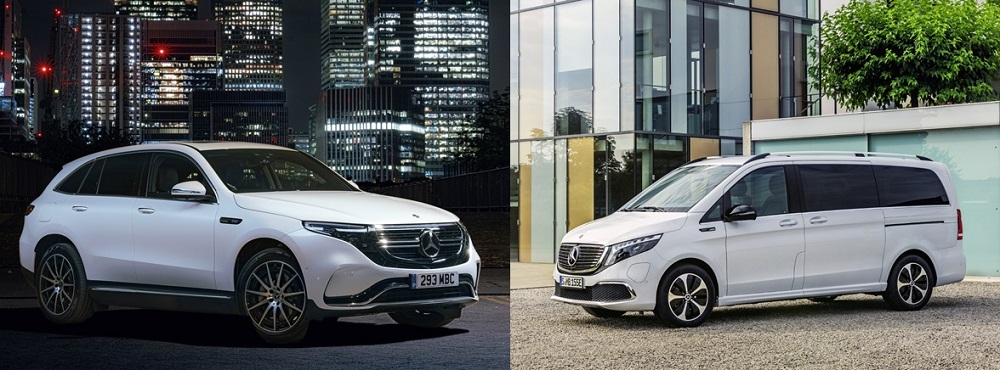
Click here for other news and articles about Mercedes-Benz in PISTON.MY

